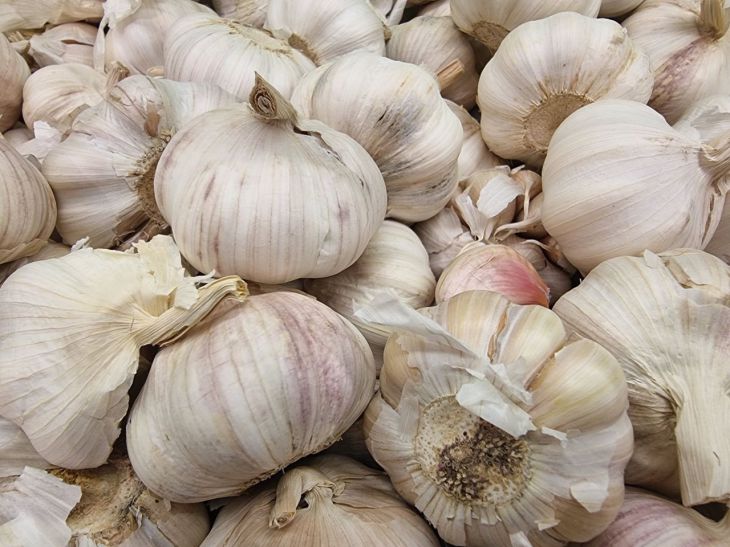First feeding of garlic: what fertilizer to apply so that the heads are large and strong
To get large and strong heads of garlic, you need to properly care for it, including timely fertilizing.
Why is the first feeding of garlic important?
Garlic is a perennial crop, it needs constant nutrition for growth and development. The first feeding is especially important for the formation of large and strong heads, says Anastasia Kovrizhnykh .
During this period, garlic actively accumulates substances in order to grow and develop.
What is the best fertilizer to use for the first feeding of garlic?
For the first feeding of garlic, a complex fertilizer containing nitrogen, phosphorus and potassium, such as mineral or organic, is suitable.
Nitrogen is needed for the formation of green mass, phosphorus for the root system, and potassium for plant immunity.

How to properly apply fertilizer for the first feeding of garlic
The first soil treatment for garlic is carried out in late April - early May.
The fertilizer is distributed over the soil near the garlic rows, avoiding damage to the roots.
To distribute fertilizers, you can use specialized units or carry out the procedure manually.
After fertilizing the soil, it is necessary to irrigate it.
Conclusion
The first feeding of garlic plays an important role in the formation of large and strong heads.
For the first feeding, it is best to use complex fertilizers containing nitrogen, phosphorus and potassium. The fertilizer is added to the soil next to the rows of garlic, touching the root, and the soil must be moistened after applying the fertilizer.
Earlier, the expert explained how to restore soil fertility.
